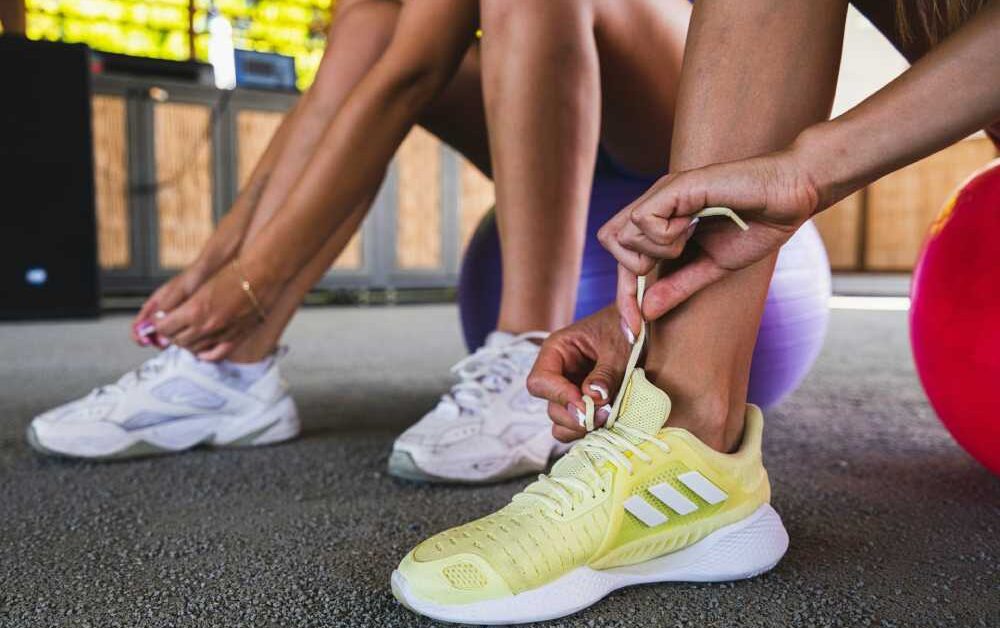The early stages of footwear development highlight a journey that mirrors humanity’s ascent from primal origins to a sophisticated civilization. Much like the evolution of hybrid dress shoes, reminiscent of a time when function drove design, the first shoes were simple and purely utilitarian.
The earliest sandals discovered by archaeologists were crafted from rawhide and plant materials, providing essential protection from the rugged terrain. As societies progressed, so did the complexity and variety of footwear. From the sturdy boots of Roman soldiers to the delicate silk slippers of Chinese royalty, shoes began to represent practical needs, social status, and aesthetic preferences.
Across cultures and epochs, the necessity for foot protection fostered an array of styles and constructions. The Middle Ages saw the rise of footwear that denoted class and occupation, while the Renaissance brought advancements in fit and comfort.
By the Industrial Revolution, shoes were being mass-produced, signaling a departure from the artisanal, handcrafted cobbling of the past. This proliferation made shoes more accessible and varied than ever before. Each century, new materials and production methods emerged, shaping the shoes we know today.
From moccasins to brogues, each step in the evolution of shoes encapsulates a historical context, echoing the times’ needs, technology, and artistry. The story of footwear is a chronicle of human ingenuity, revealing how a necessity became a fashion statement and shaped an entire industry.
The Importance of Fit and Comfort
Fit and comfort are paramount in the design and manufacture of modern shoes, informing every aspect from the last—the mold around which a shoe is shaped—to the choice of materials and construction techniques.
A well-fitting shoe is foundational to comfort, ensuring ease of movement and preventing injuries. With the adoption of technologies such as 3D scanning and advanced ergonomics, shoemakers can craft shoes that conform more closely to the foot’s natural contours. This precision in design elevates comfort and enhances overall footwear performance, whether in casual wear or athletic endeavors.
Comfort also extends to the selection of materials, from breathable fabrics that keep feet cool and dry to memory foam insoles that cushion and support. Furthermore, innovative lacing systems and adjustable straps enable customizable fits, accommodating a broader range of foot shapes and sizes.
Comfort transcends mere physical well-being; it influences consumer choice and brand loyalty, as customers increasingly prioritize how a shoe feels just as much as it looks.
The commitment to fit and comfort has led to the development of orthopedic footwear and industry standards to support various foot conditions. In this regard, shoemakers address aesthetic and fashion trends and contribute to their customers’ health and quality of life, affirming the role of footwear as an essential element of personal well-being.
The Art of Shoe Design
Shoe design is an intricate blend of artistry, engineering, and cultural significance. A well-designed shoe balances form with functionality, creating a product that serves its purpose while making a stylistic statement.
From the sleek lines of a stiletto to the rugged build of a hiking boot, designers infuse shoes with distinct character and relevance to their intended use. Color, texture, and pattern are critical in distinguishing a shoe, elevating it from a simple accessory to a focal point of personal expression.
Trends in fashion and design influence the look and features of contemporary footwear, often reflecting the zeitgeist of society. Designers draw inspiration from various sources, including art, architecture, and the natural world, to create collections that resonate with consumers. Collaboration between brands and artists or celebrities often results in limited-edition designs that are as much collectible artworks as they are functional footwear.
However, exceptional shoe design goes beyond external appearance—it must also account for the complexities of production and practicality. The constraints of manufacturing processes, material properties, and ergonomic considerations shape the end product. This interplay between creativity and practical concerns ensures that a shoe is beautiful to behold and constructed to meet the demands of daily wear and activity.
Functional Footwear for Active Lifestyles
As lifestyles become more dynamic and varied, functional footwear has gained prominence. Shoes are developed with specialized activities in mind, providing the necessary support, traction, and durability for everything from rock climbing to marathon running. These purpose-built designs are informed by biomechanical research, ensuring compatibility with the demands of each sport or activity.
Moreover, versatility is a critical factor in the appeal of functional footwear. Consumers seek shoes that transition seamlessly from one environment to another—a trend visible in the popularity of hybrid sneakers that effortlessly combine office-appropriate aesthetics with the comfort of athletic wear.
The emphasis on function is separate from style; prominent footwear brands have embraced the challenge of creating practical and trendy shoes. In doing so, they have blurred the once-clear lines between performance gear and everyday fashion, creating a market that is as diverse as the customers it serves.


